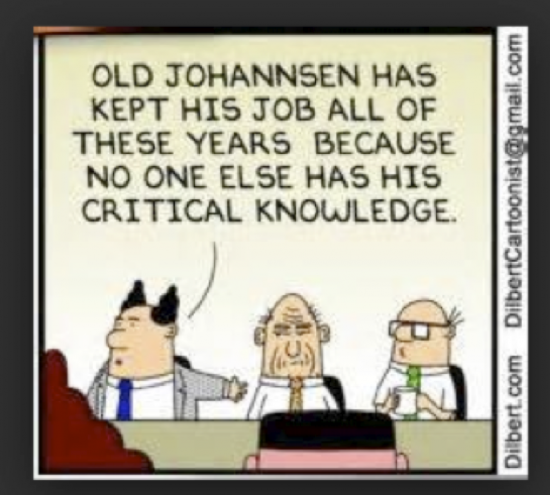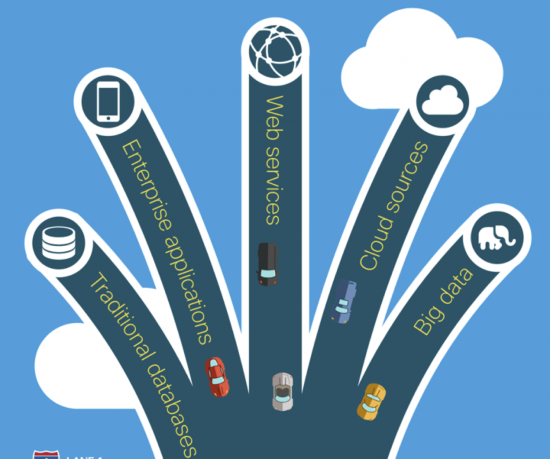Tribal knowledge rules! As more millennials enter our companies and our existing workforce retires, we must share not only best practices but also our best information and processes with them.

“Many large, older companies are caught up in a tsunami of baby boomers retiring and are unaware of how much tribal knowledge they are taking with them,” – Dorothy Leonard, professor emerita at Harvard Business School.
BusinessDictionary.com defines tribal knowledge as “a set of unwritten rules or information known by a group of individuals within an organization but not common to others that often contributes significantly to overall quality.”
A large amount of knowledge is held by existing manufacturing employees and is not documented and shared in common repositories. As a result, only those in the know have the specific details necessary to make our businesses better. These unwritten processes can’t be measured, can’t be scaled, and can’t be improved.
What’s the problem?
We, as manufacturing supply chain and operations teams, value our staff who have the information and data we need. We focus our efforts on gathering and assembling data from all our sources. We apply our costly resources to share and marshal information. By the time we are ready to take action on our information, the information is out of date. With the information being out of date, we make sub-optimized decisions on stale data.
Why wasn’t information documented or captured in common systems?
Our systems often run as islands of automation and are not connected. Our information lives in the equipment, robots, spreadsheets, reports, laptops, and just about everywhere but a common accessible repository. Our disparate systems prevent us from having a uniform view of the information we need – no single source of truth. We spend our time converging on a single view and establishing data facts. We rely on tribal knowledge, custom integration, and expensive long lead-time projects to consolidate information.
That was then.
Back when emailing a spreadsheet was considered digitization.
This is now.
Now it’s possible to:
- Empower your people with instant access to all the data they want, any way they want it
- Respond faster to your changing analytics and business intelligence needs
Data Virtualization allows you to bring data together from disparate systems.

View the full infographic here.
Data Virtualization allows you to establish an agreed upon set of facts and a single source of truth so you can focus your efforts on making decisions in real-time. You can shift your resources from collecting and sharing data to automating your processes and running your business by exception. Your data virtualization platform will automatically tell you when to take action.
A global computer manufacturer we work with saves more than $1M USD in operational costs by gaining visibility into orders and manages inventory more effectively across six regional procurement systems.

There’s never been a better time to stop watching your data and allow dashboards and mobile interfaces to tell you when to take action. You will move from reacting to your data to taking a prescriptive event management approach. At Cisco we use our own Data Virtualization (DV) platform to virtually integrate data from multiple sources in real-time. This allows us to avoid the cost and overhead of physical data consolidation.
Learn more about data virtualization use cases here.
#NeverBetter
CONNECT WITH US